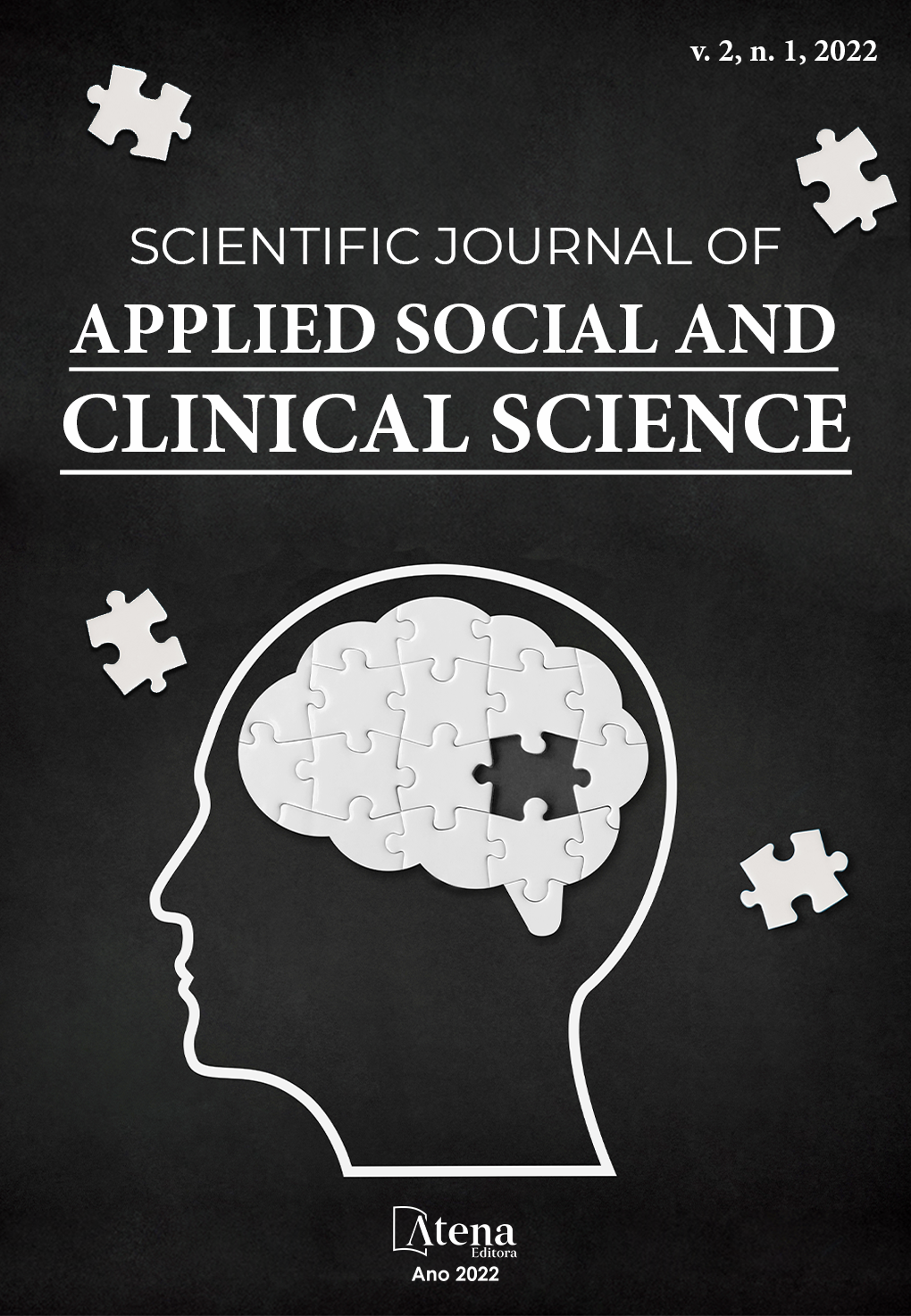
Visual inaccessibility: The institutionalization of emptiness
Accessibility as a thematic focus has naturally been building mechanisms and theories that, through the desires and needs of society, behave as thematic drivers in the academic field, some of which are highlighted in a historical clipping of struggles for human rights under the accessibility bias, supported by concepts and aspects about institutional practices, raised by other authors, corroborate the hypothesis that the images are not accessible, partially or totally on their websites. Having the potential institutions, supported by values and legislation, which can promote the elimination of barriers in communication and even caused by ignorance, they incur in the institutionalization of emptiness.
Visual inaccessibility: The institutionalization of emptiness
-
DOI: 10.22533/at.ed.2162122180110
-
Palavras-chave: Institutional Accessibility; Social inclusion; and Textual description of image.
-
Keywords: Institutional Accessibility; Social inclusion; and Textual description of image.
-
Abstract:
Accessibility as a thematic focus has naturally been building mechanisms and theories that, through the desires and needs of society, behave as thematic drivers in the academic field, some of which are highlighted in a historical clipping of struggles for human rights under the accessibility bias, supported by concepts and aspects about institutional practices, raised by other authors, corroborate the hypothesis that the images are not accessible, partially or totally on their websites. Having the potential institutions, supported by values and legislation, which can promote the elimination of barriers in communication and even caused by ignorance, they incur in the institutionalization of emptiness.
-
Número de páginas: 21
- Ramon Maciel Ferreira


